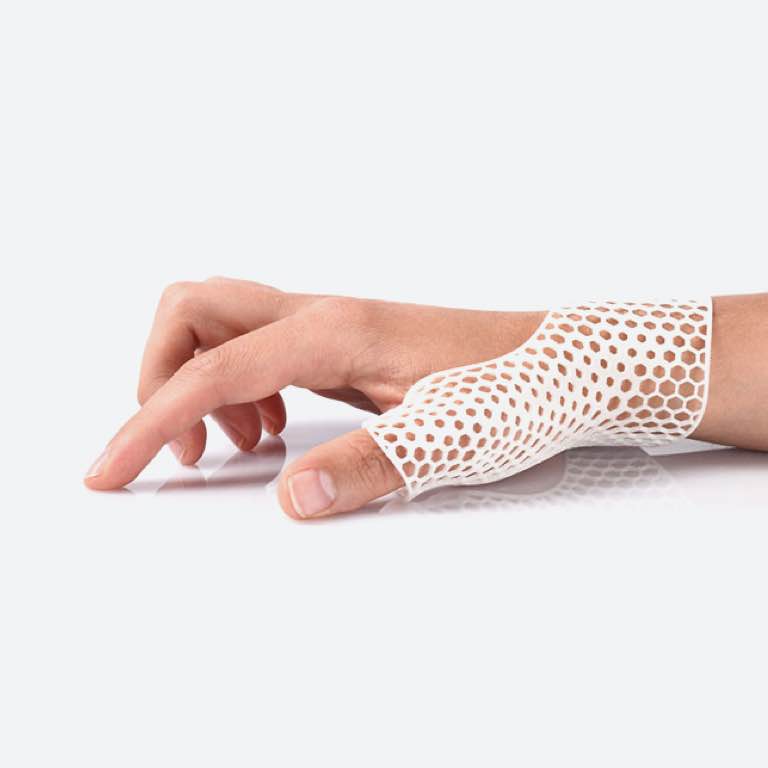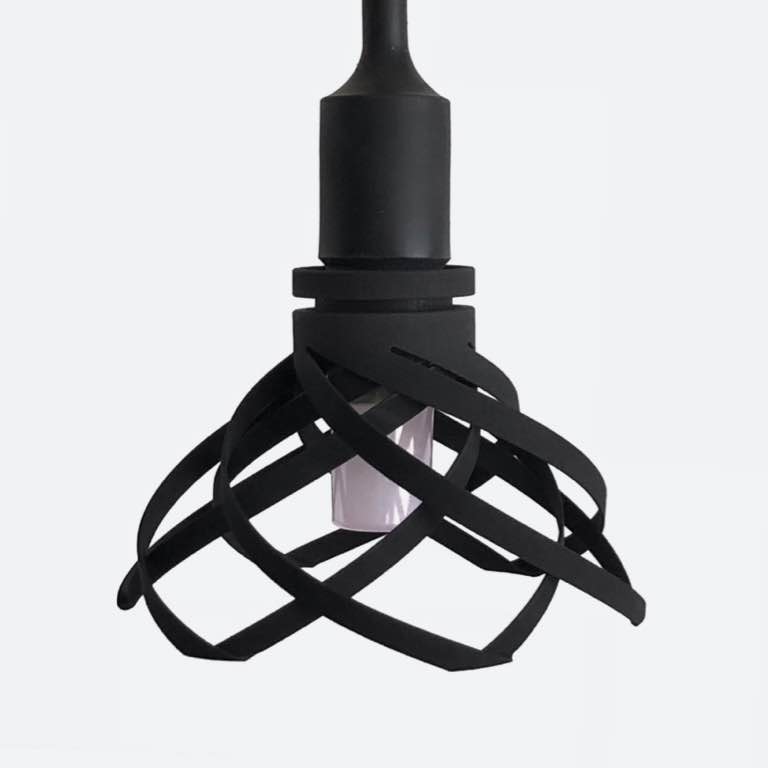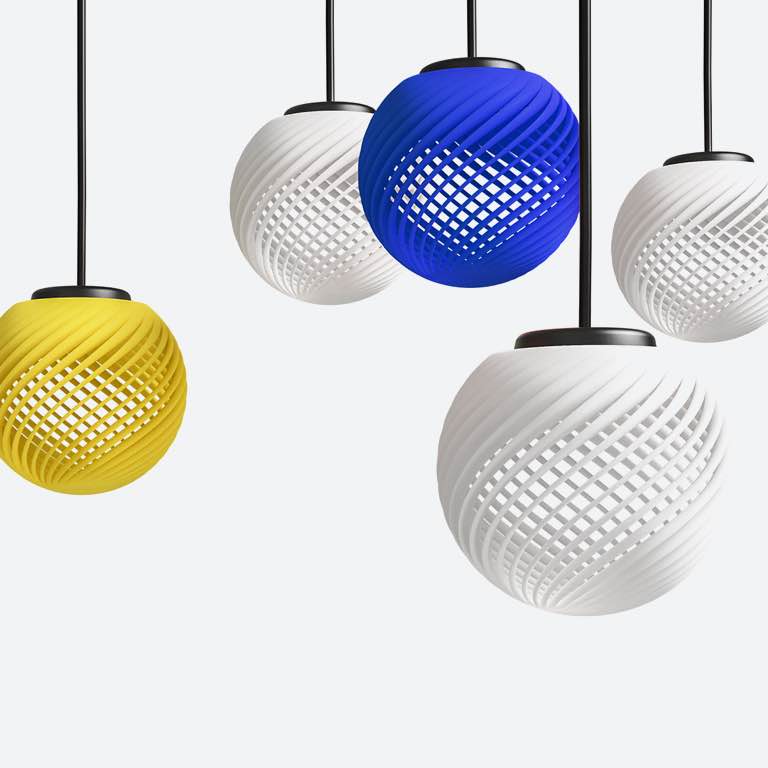The SLS Process
The SLS process in 3D printing begins as thin layers of polymer powder are dispersed over the build platform. A computer-controlled CO2 laser traces the cross-section of the 3D design on the powder. It then scans each layer, fusing them all together at a high temperature, just under the melting point, until the 3D printed structure is complete.



